[ad_1]
NASA’s SpaceX Crew-4 astronauts will depart from the International Space Station on Friday, October 14, at 11:35 am EDT (9:05 pm IST), after spending almost six months in orbit. Crew 4, which includes NASA astronauts Kjell Lindgren, Robert Hines and Jessica Watkins, and European Space Agency (ESA) astronaut Samantha Cristoforetti, will splash down off the coast of Florida at 2:20 am on Friday.
The Crew-4 mission was NASA’s fourth crew rotation to the orbital laboratory. The four astronauts were launched towards the space station on April 27, 2022, aboard a SpaceX Crew Dragon spacecraft, atop a Falcon 9 rocket.
Lindgren, Hines, Watkins and Cristoforetti will travel back to Earth inside the same Crew Dragon capsule aboard which they came to the ISS.
During their six-month stay aboard the orbital outpost, Crew-4 conducted several science experiments and technology demonstrations that are helping to prepare humans for future space exploration missions. Here’s a glimpse into the scientific journey.
Immunology experiments
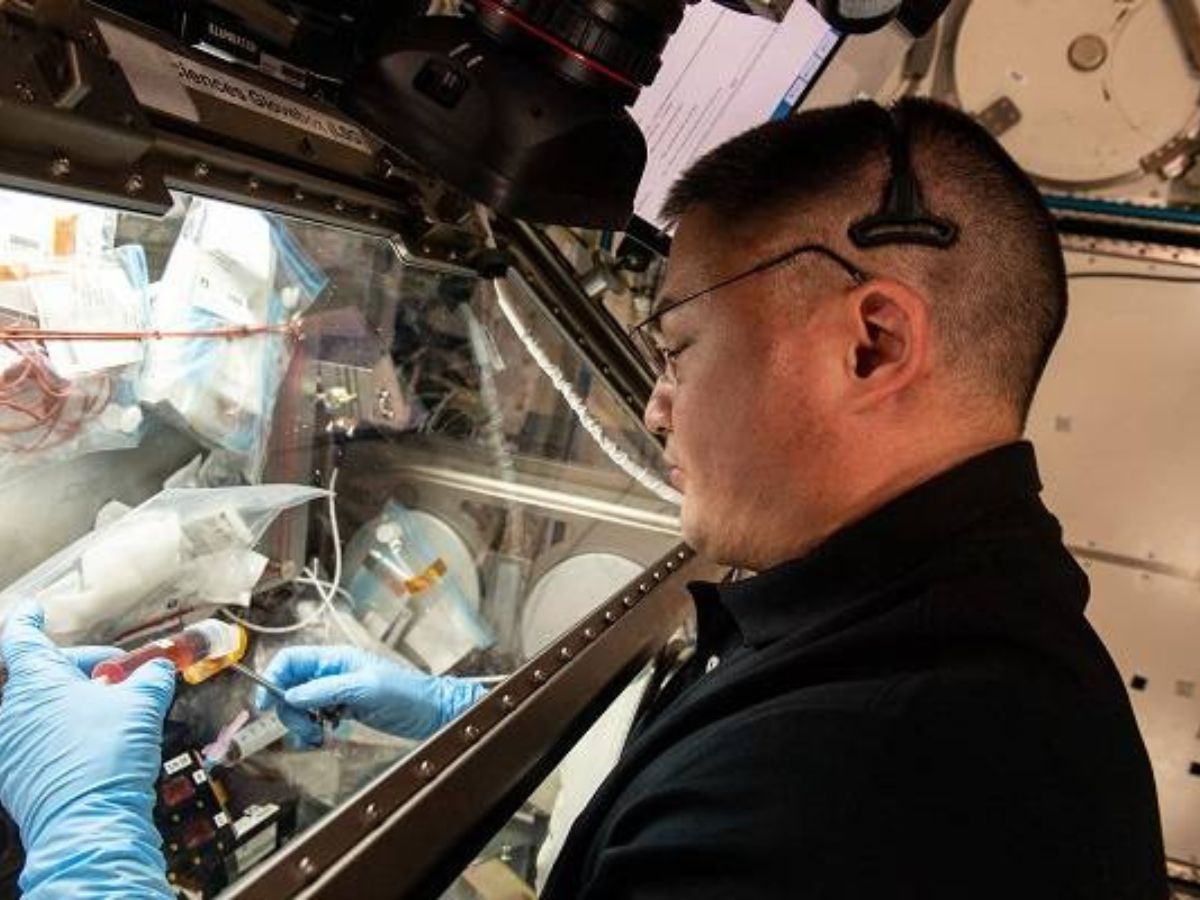
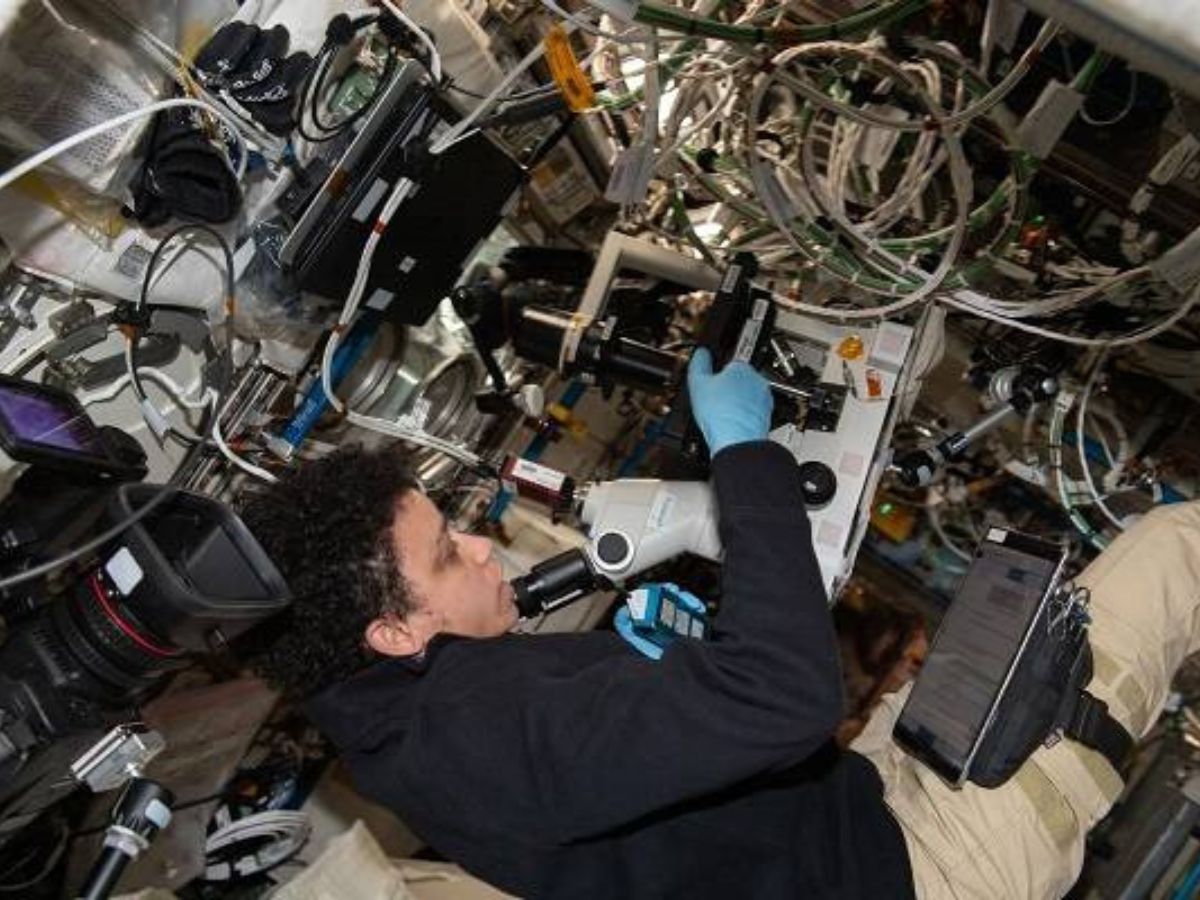
The Crew-4 astronauts conducted an investigation known as ‘Immunosenescence’ on the space station. The investigation examined microgravity-induced changes in human immune cells that resemble the changes associated with ageing on Earth.
In the top image, Lindgren can be seen processing samples for the investigation inside the Life Sciences Glovebox. In the bottom image, Watkins is seen setting up samples for viewing in the microscope.
Last year, NASA astronaut Megan McArthur used two science ‘gloveboxes’ on the space station. One ‘glovebox’ was used to conduct metal studies, and the other was used to perform immune function research.
Food Physiology investigation
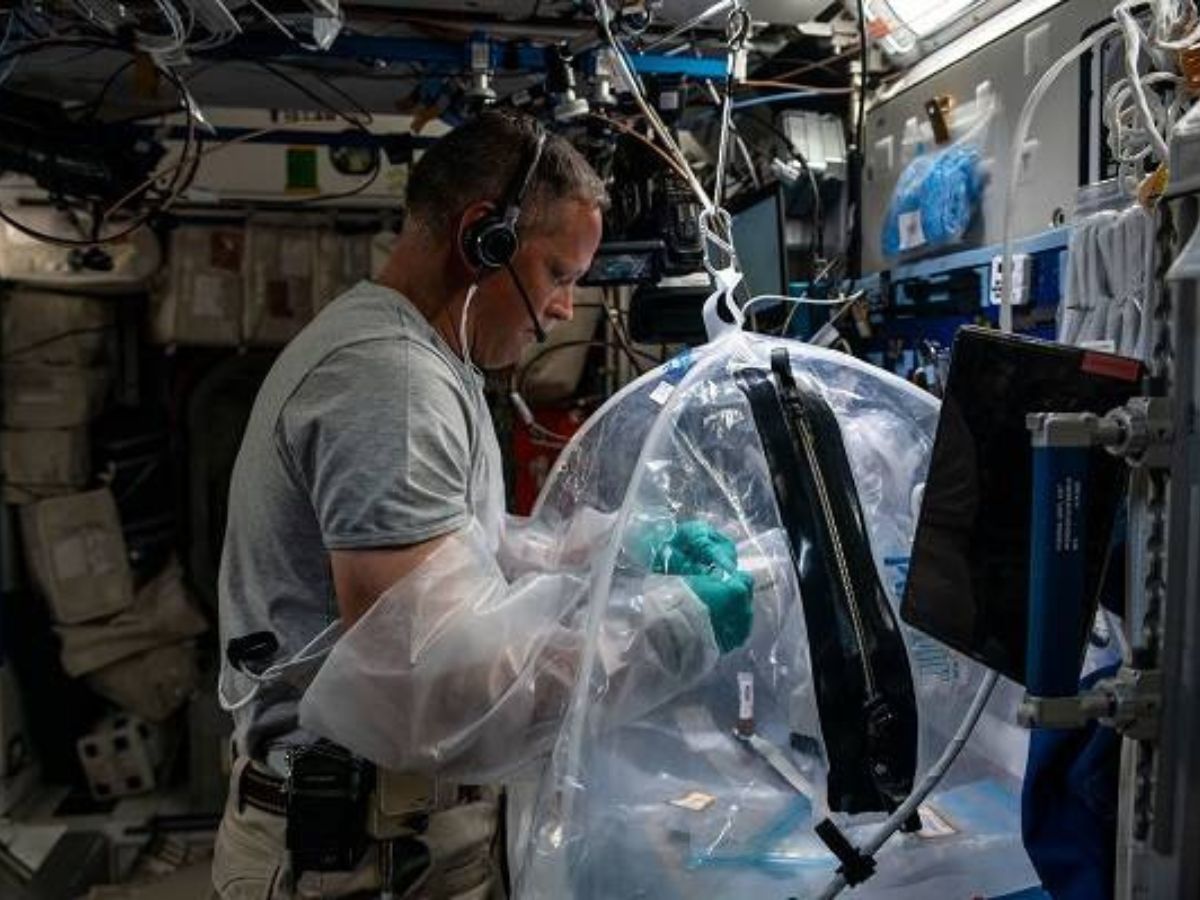
Crew-4 worked on an investigation called ‘Food Physiology’, which documents the effects of dietary improvements during spaceflight on immune function, nutritional status indicators and the gut microbiome. In the above image, Hines can be seen processing samples in a Portable Glovebox (PGB). This is a facility that can be transported to any laboratory module on the space station. The glovebox helps prevent contamination when experiment containers are opened for observations, samples and fixations.
Unloading cargo and supplies
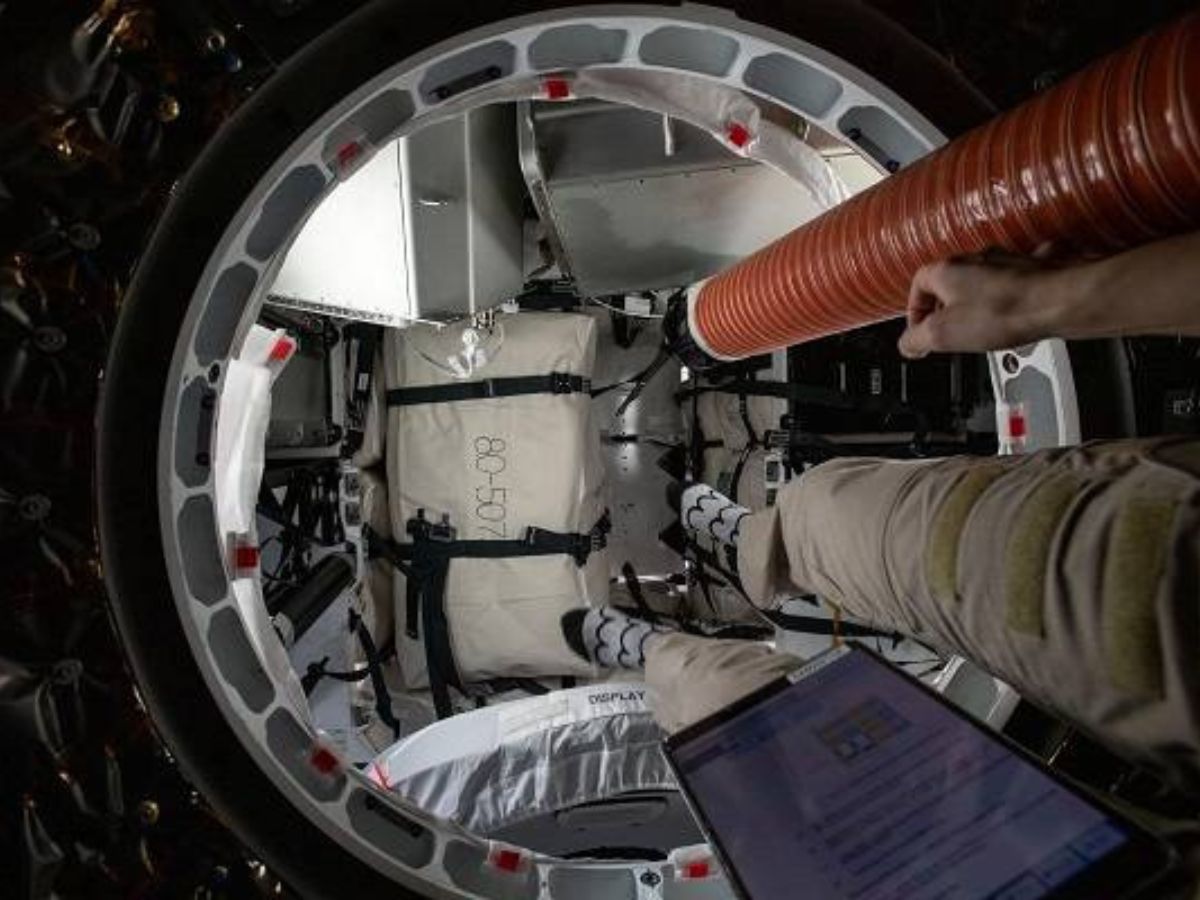

For the entire year, new crewmembers, experiments, scientific research and supplies are transported to the space station. The top image shows Cristoforetti unloading cargo from the SpaceX CR-25 mission, the 25th SpaceX cargo resupply services mission carrying scientific research and technology demonstrations to the ISS. The mission brought supplies for the humans living on the space station, in July, 2022.
In the bottom image, Watkins (right) and Hines (left) can be seen transporting scientific gear and samples from the Dragon capsule into the US Destiny laboratory module.
The SpaceX Crew Dragon spacecraft carried scientific experiments including studies of the immune system, Earth’s oceans and soil communities. The spacecraft was launched atop a Falcon 9 rocket and carried a payload called BeaverCube. This is a small satellite developed by the Massachusetts Institute of Technology which uses multiple cameras, one that takes color images of Earth’s oceans and two that collect thermal images of cloud tops and the ocean surface.
The Dragon also carried the Earth Surface Mineral Dust Source Investigation (EMIT), a technology to measure the mineral composition of dust in Earth’s arid regions. As many as five CubeSats, namely MIT’s BeaverCube, The Weiss School’s CapSat 1, NASA Ames Research Center’s CLICK A, Embry-Riddle Aeronautical University’s D3, and University of South Alabama’s JAGSAT were launched as part of the ELaNa 45 mission. This was a part of the SpaceX CR-25 mission.
Experiments on flammability
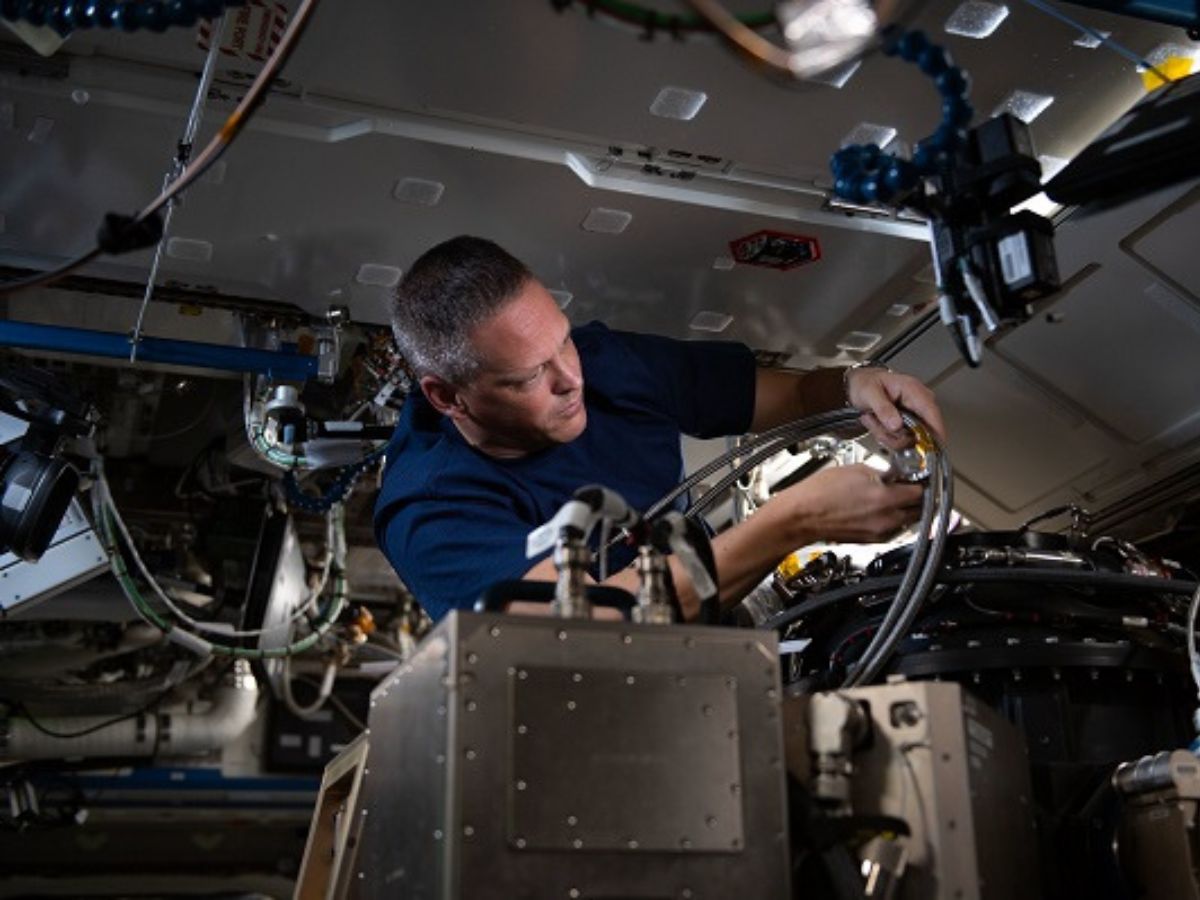
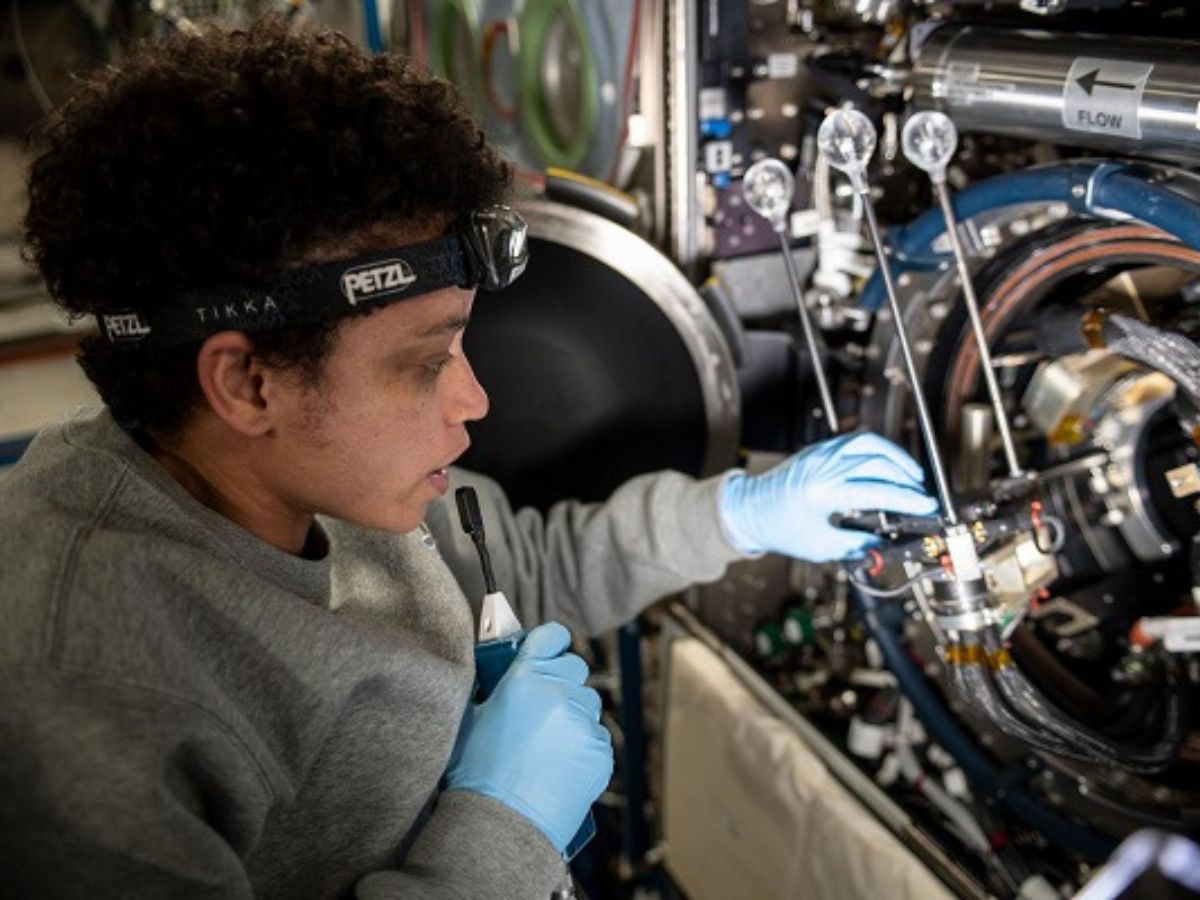
Crew-4 conducted experiments on fuels and flammability aboard the space station. In the top image, Hines can be seen replacing components inside the Combustion Integrated Rack (CIR). This is a research device that enables investigations into how flames, fuel and soot behave in microgravity. The CIR enables investigators to perform combustion research to understand the fundamentals of the combustion process, fire safety, and methods for suppression of fire in space.
In the bottom image, Watkins is seen setting up the Solid Fuel Ignition and Extinction (SoFIE) hardware in the CIR to prepare for a new series of five experiments on solid material combustion and fire suppression.
SoFIE-GEL determines how fuel temperature affects the flammability of material. This was another experiment Crew-4 worked on.
Growing green plants in space
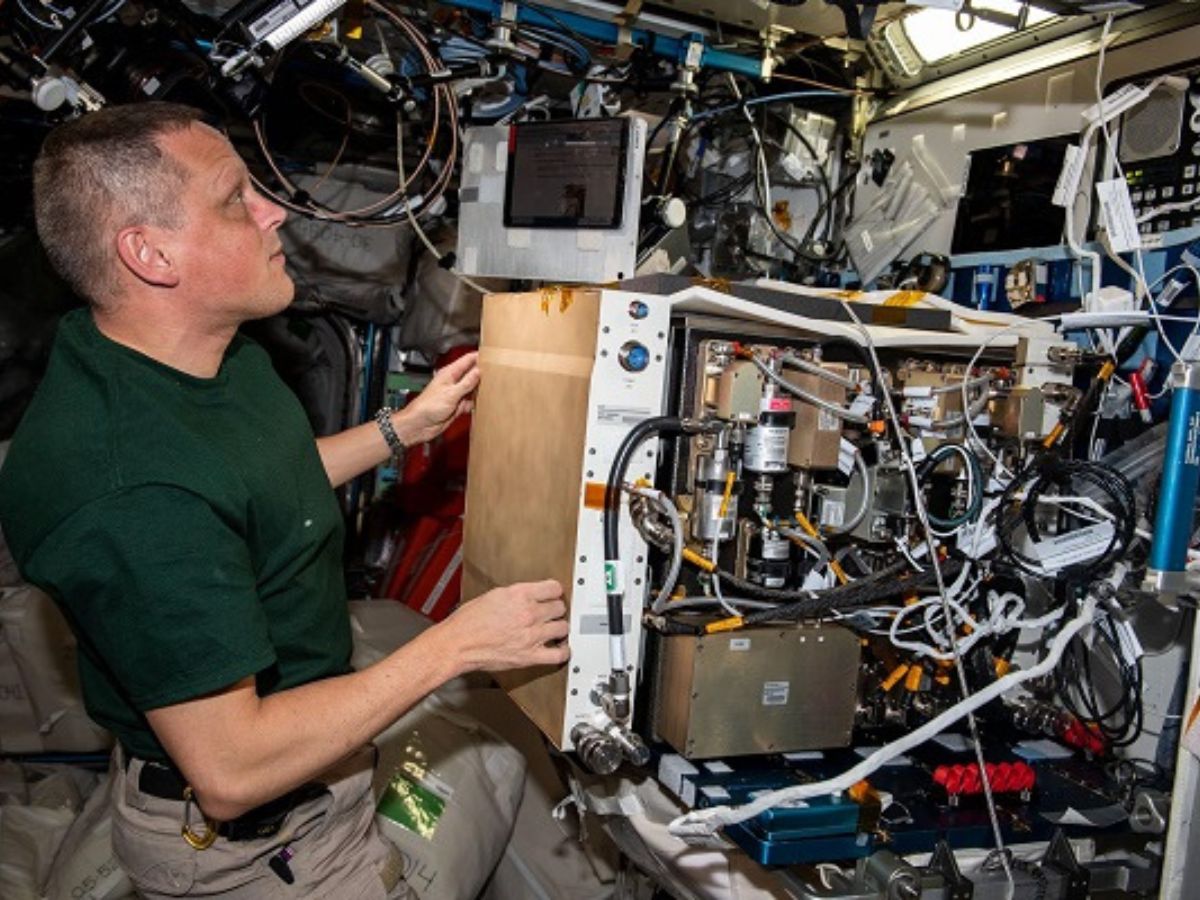
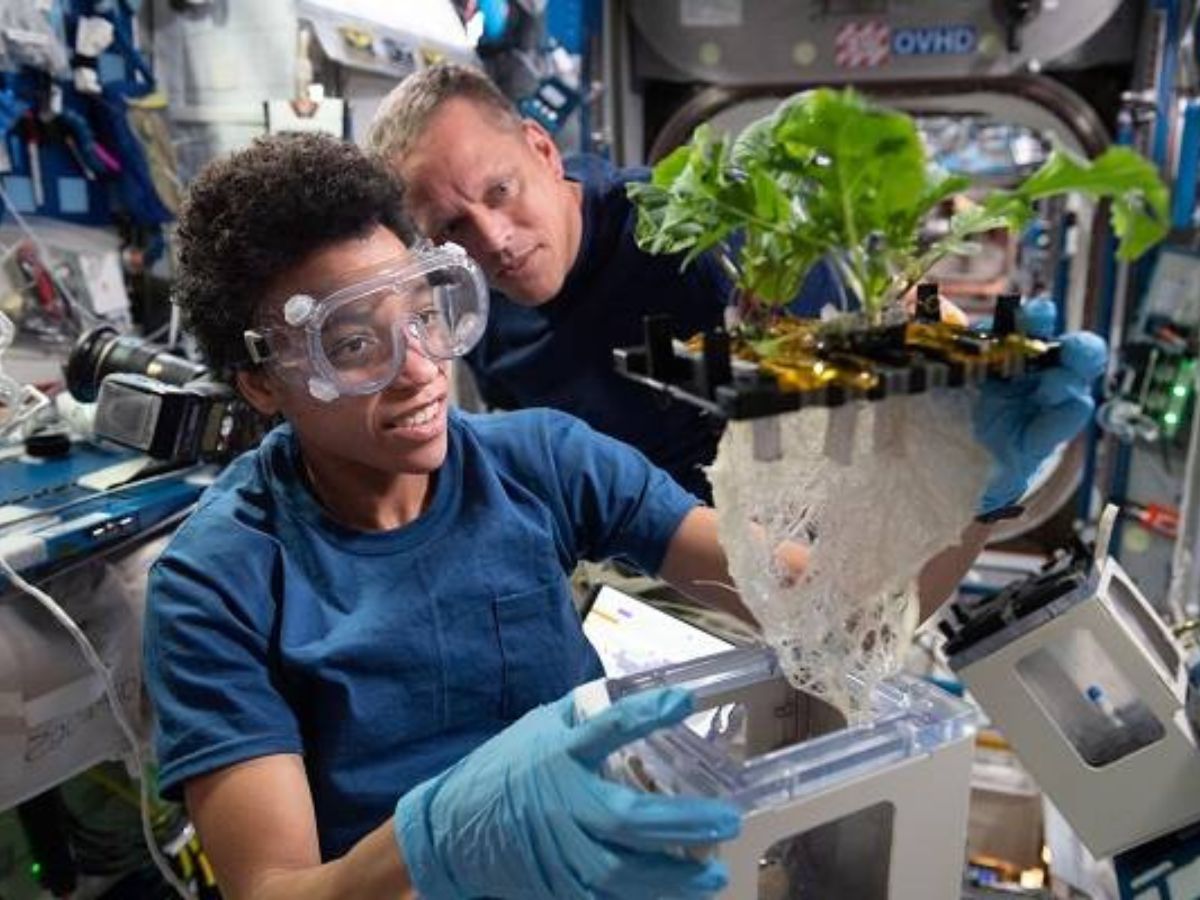
People living aboard the space station often grow green plants. In the top image, Hines is seen working on the Plant Habitat. This is an automated system that supports investigations on plants.
In the bottom image, Watkins and Hines are seen working on XROOTS, which stands for eXposed Root On-Orbit Test System. XROOTS used the space station’s Veggie facility to test liquid- and air-based techniques to grow plants rather than traditional growth media.
The liquid- and air-based techniques could enable production of crops on a larger scale for future space exploration.
Study on liquid mixtures
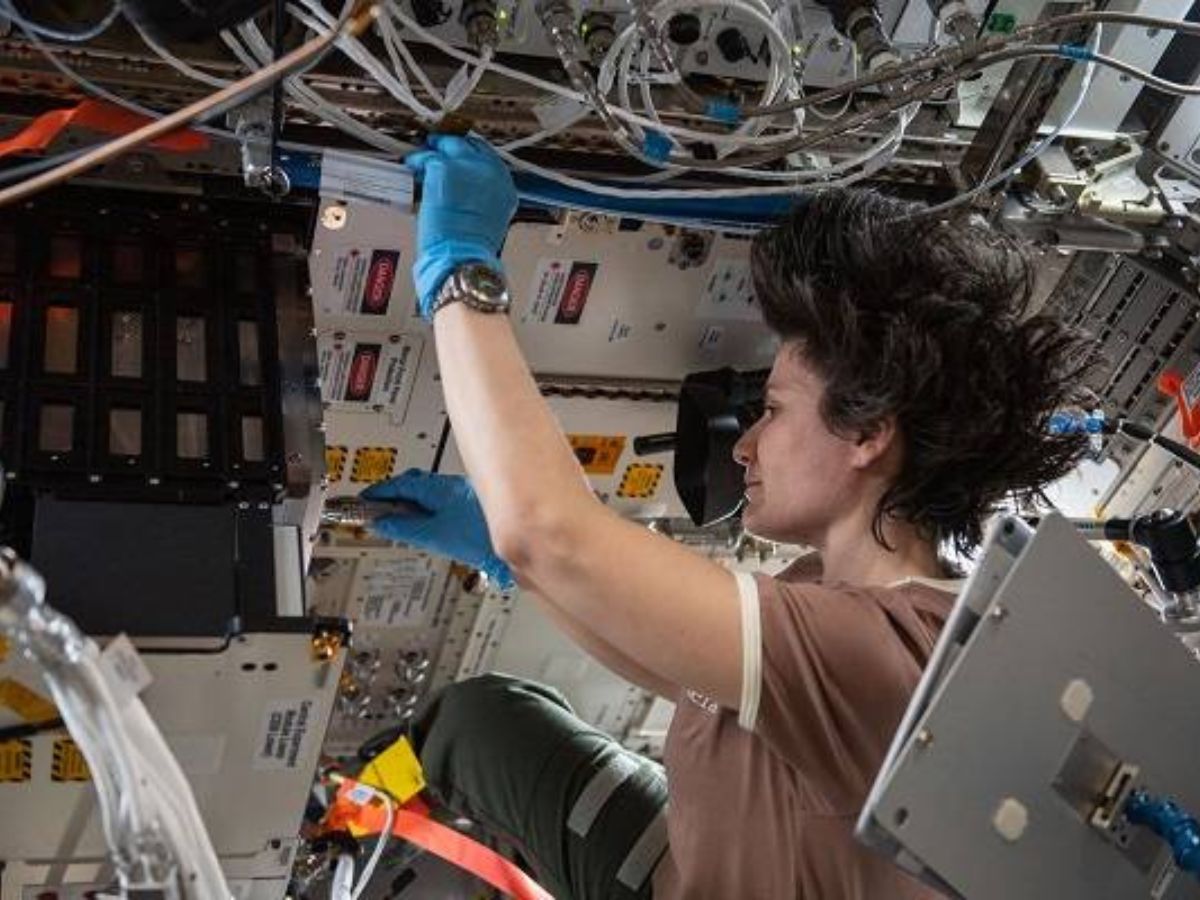
Crew-4 conducted experiments on liquid mixtures during their six-month stay. In the above image, Cristoforetti works on the European Space Agency’s FSL Soft Matter Dynamics – PASTA. This is a study of whether additives increase or decrease the stability of emulsions, which are mixtures of two liquids that typically do not blend. Such experiments provide better results in microgravity, because the effects of buoyancy on emulsions are absent.
ALSO READ | Watch: ESA Astronaut Shows What Drinking Coffee In Space Looks Like
water purification experiment
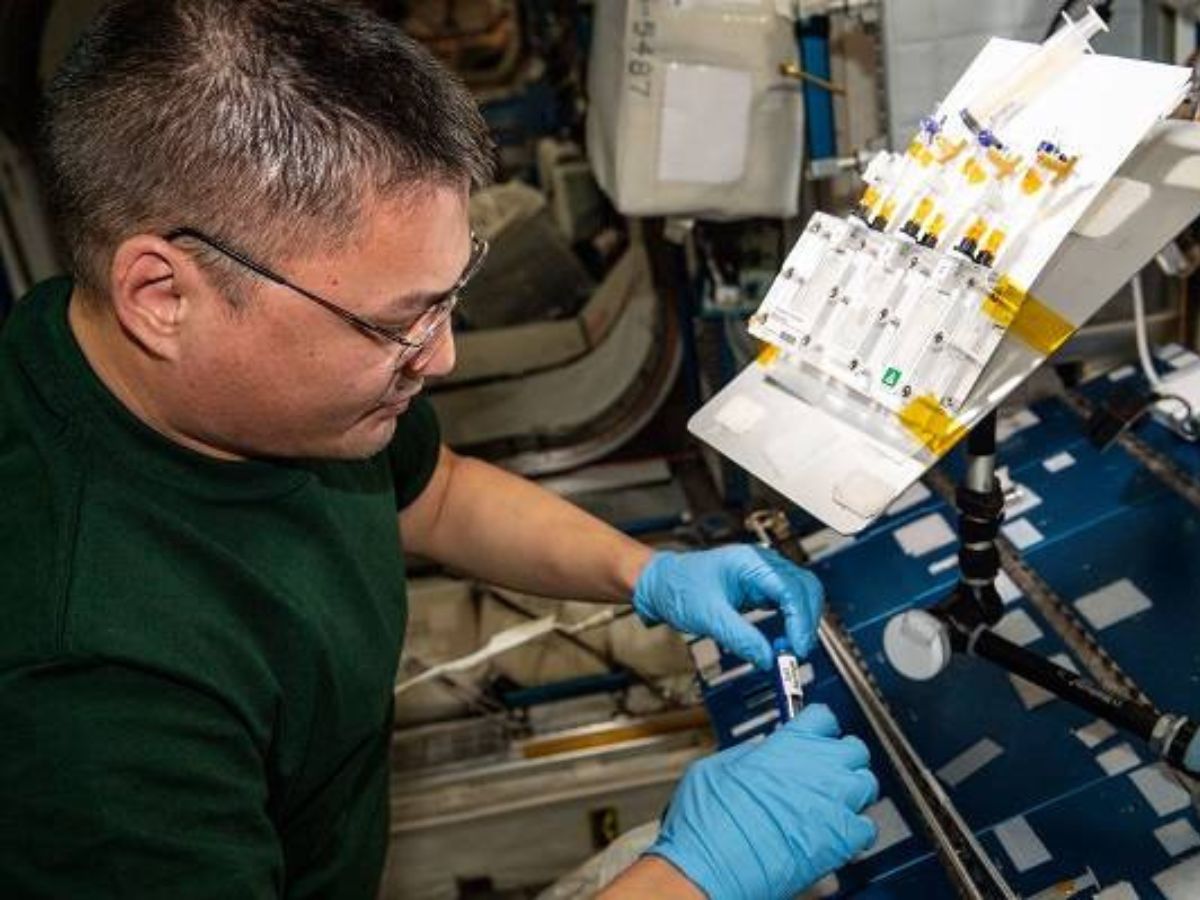
Effective recovery of potable water from wastewater is critical for long-term missions because water has some of the highest mass of all supplies needed for space travel. In the above image, Lindgren is seen working on Forward Osmosis Membrane, a microgravity test of a type of water-reclamation membrane. Researchers expect to obtain increased amounts of purified water while minimizing power consumption. The Forward Osmosis Membrane can provide more cost-effective water purification systems for communities with limited access to clean water on Earth.
Hearing experiments
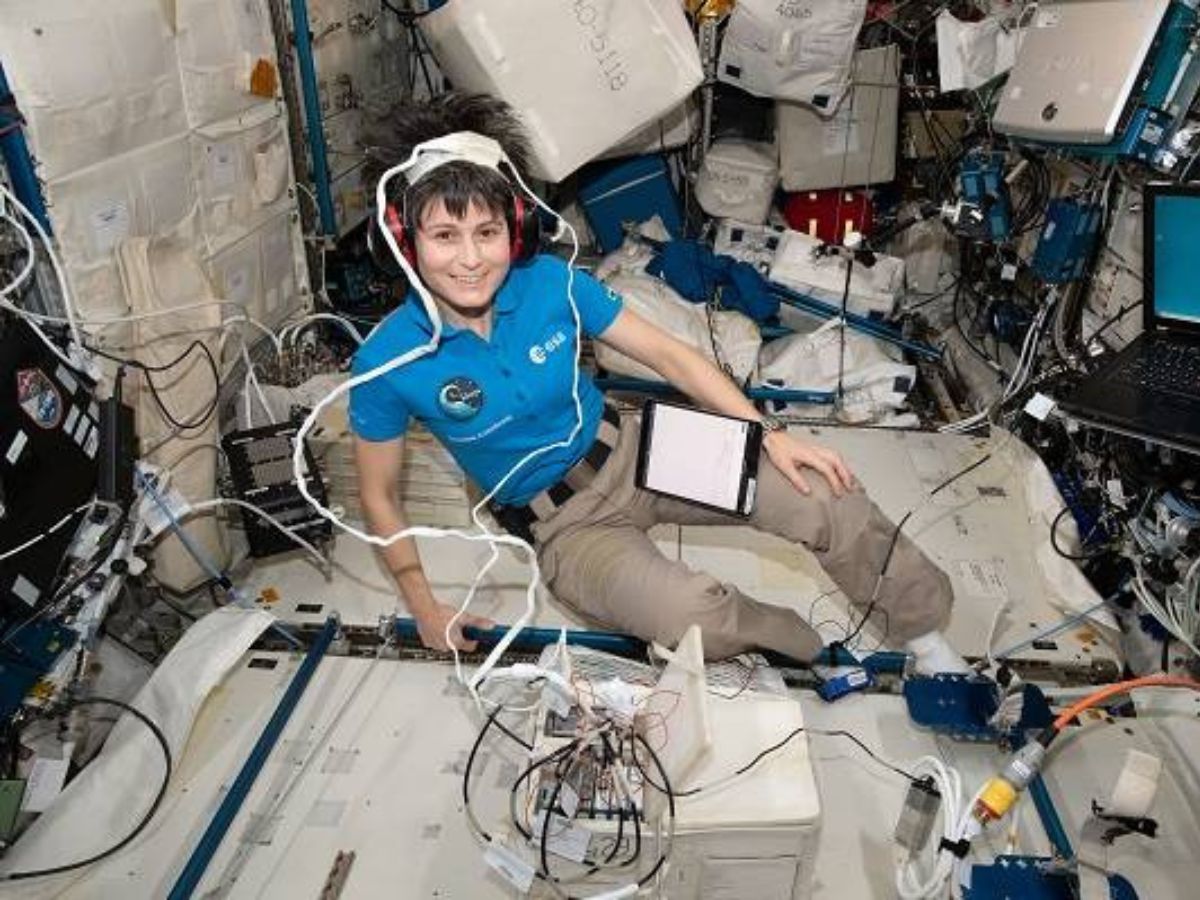
Cristoforetti participated in the Acoustic Diagnostics investigation during her stay on the space station. This is an ESA investigation that explores the possible adverse effects of equipment noise and microgravity on astronaut hearing. The data obtained from the experiment could help researchers better understand the sound environment on the space station. The investigation also supports development of ways to protect crew hearing.
Expanding space on space station

Crew-4 astronauts tested an experimental expandable capsule aboard the space station, called the Bigelow Expandable Activity Module (BEAM). The experiment was to test how habitats for future missions to the Moon, Mars and other destinations can be constructed. These habitats should be lightweight and relatively simple to construct.
Astronaut heart health experiments
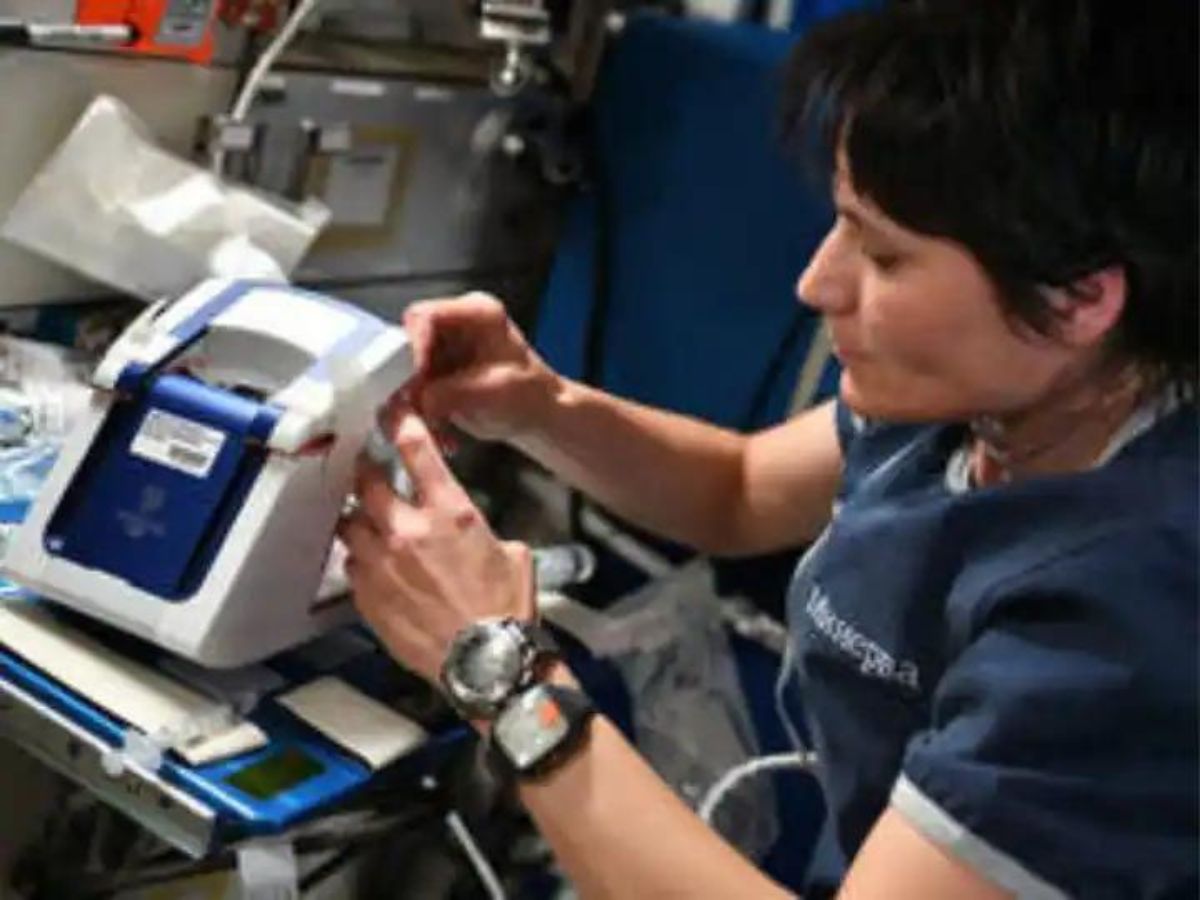
Experts from NASA’s Human Research Program’s Exploration Medical Capability (ExMC) team, in a recent technology demonstration, successfully tested the Reusable Handheld Electrolyte and Laboratory Technology for Humans (rHEALTH) ONE biomedical analyser. This is a portable device that uses laser technology to diagnose illness or injury, the space agency says on its website.
The device was launched to the orbital laboratory in February. It is a miniature flow cytometer that can detect cells and other biomarkers to assess biological changes. A flow cytometer is a device that uses lasers as light sources to produce both scattered and fluorescent light signals which are read by detectors. The signals are converted into electronic signals that are read by a computer. rHEALTH was put through a series of tests on the space station over two days by Cristoforetti.
[ad_2]
Source link